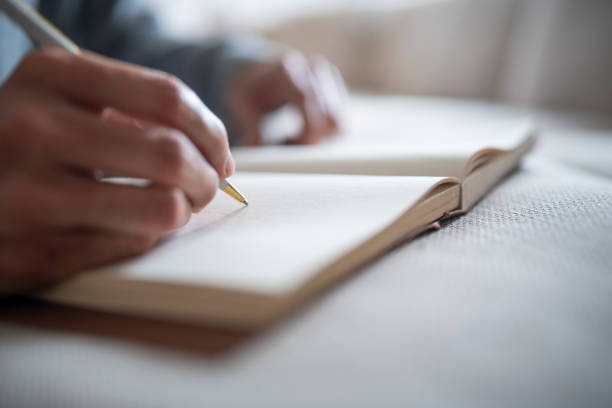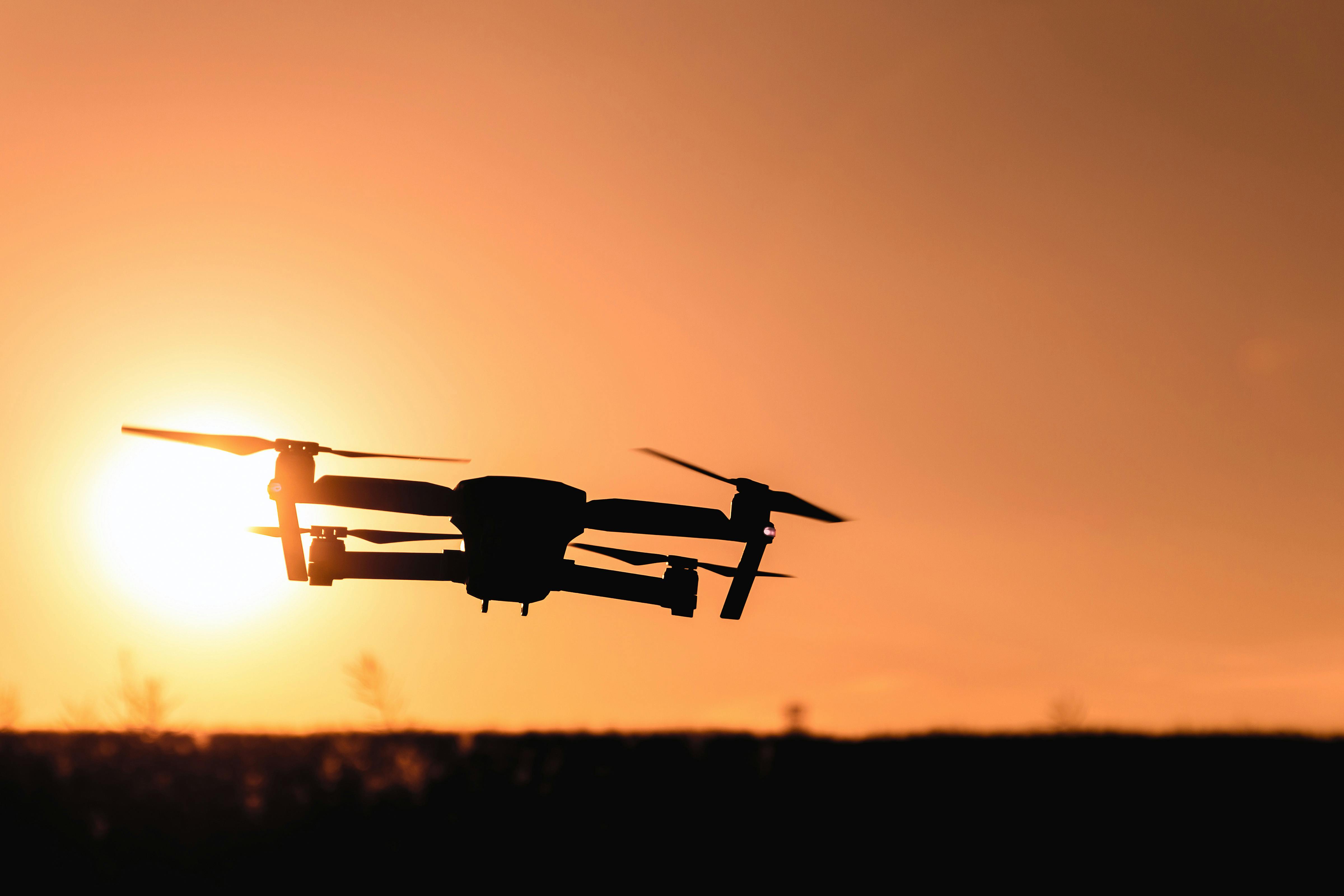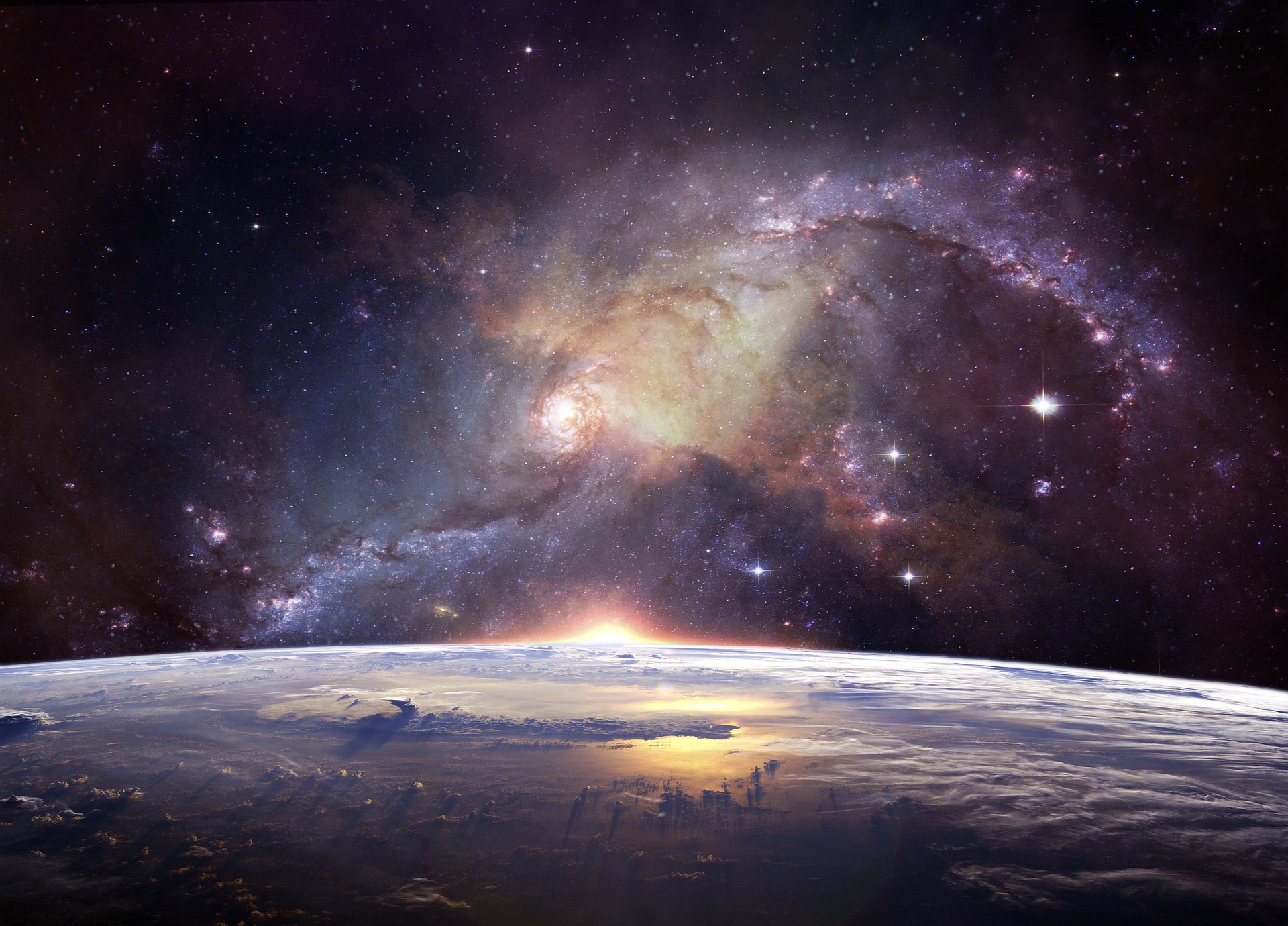Unmasking the Enigma of Performance Poetry's Resurgence
Performance poetry, an art form often relegated to the sidelines of mainstream culture, is seeing a resurgence. This vibrant blend of spoken word, acting, and lyrical expression is captivating audiences worldwide. Let's delve into the specifics of this renaissance and its implications for modern artistry.

The Historical Context of Performance Poetry
Performance poetry has roots in the oral traditions of many ancient cultures. From the epic sagas recounted by the bards of ancient Greece to the vibrant storytelling traditions of indigenous cultures, performance poetry has been a conduit for communal identity and shared history.
However, in the 20th century, performance poetry took a backseat to other forms of artistic expression. It was overshadowed by the commercial popularity of novelists and singer-songwriters, and its cultural relevance seemed to wane. But despite its diminished status, it never vanished entirely. Instead, it lived on in the underground art scenes, out of the mainstream spotlight yet still alive and evolving.
The Modern Revival
In recent years, performance poetry has been experiencing a dramatic resurgence. This revival can be credited to several factors. Firstly, the rise of social media platforms has provided an accessible stage for poets to share their work and connect with global audiences.
Moreover, contemporary performance poetry is resonating with younger generations who appreciate its blend of wordplay, rhythm, and emotional rawness. It’s a form of expression that encapsulates the complexities of modern life, often touching on themes of identity, social justice, and mental health.
The Impact and Significance
This resurgence of performance poetry is more than just a trend. It signifies a shift in how we engage with the written word and storytelling. Performance poetry blurs the line between literature and performance art, demanding active engagement from its audience and encouraging a deeper, more visceral connection to the material.
Moreover, this form of poetry is democratizing the art form, making it more accessible to a diverse range of voices. It’s opening up space for stories that might otherwise remain unheard, fostering inclusivity and diversity within the arts.
Current Developments
As performance poetry continues to gain momentum, its influence is being felt across the arts and entertainment industry. It’s not uncommon to see performance poets featuring on music tracks, in theater productions, and on television shows. This crossover appeal is further cementing performance poetry’s place within mainstream culture and demonstrating its versatility as a form of artistic expression.
Conclusion
The resurgence of performance poetry is a testament to the enduring power of storytelling and the human need for authentic, emotive expression. As we continue to navigate the complexities of our modern world, it’s clear that performance poetry will play a pivotal role in shaping our cultural narrative. This dynamic art form is no longer on the periphery but standing proudly center stage.





